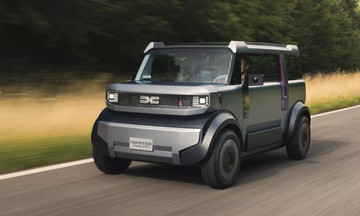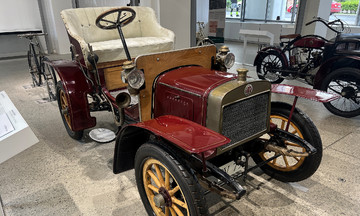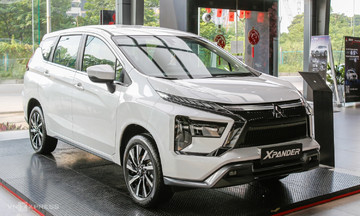On 2/9/1975, a grand military parade commemorating the 30th anniversary of National Day took place at Ba Dinh Square in Hanoi. This was the first time the entire country celebrated independence in peace, 4 months after the victorious conclusion of the resistance war against America. The image of open-top ZIS-110B vehicles carrying generals, including General Vo Nguyen Giap, past the reviewing stand became an iconic moment, etched in the memory of many generations.
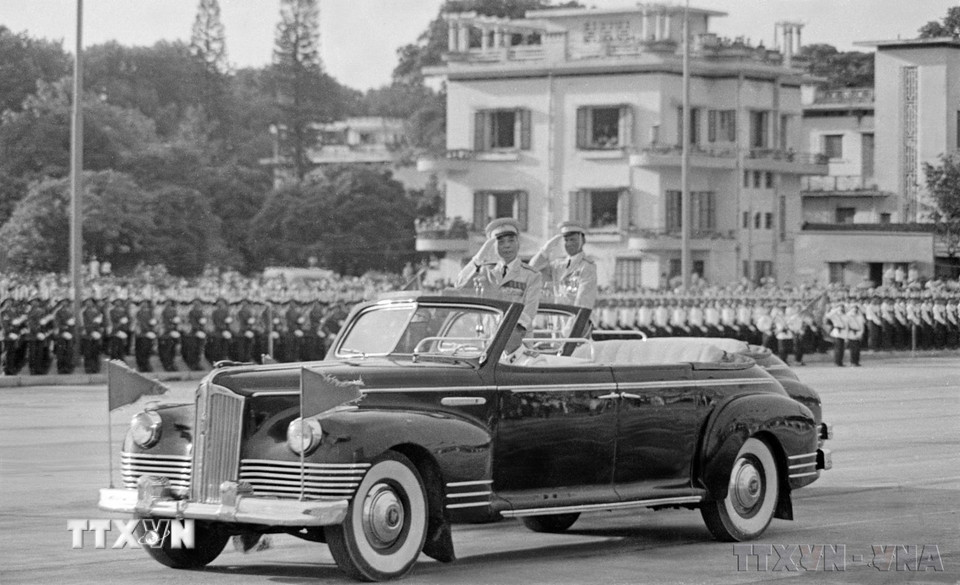 |
General Vo Nguyen Giap in the ZIS-110B during the 2/9/1975 military parade at Ba Dinh Square, Hanoi. Photo: TTXVN
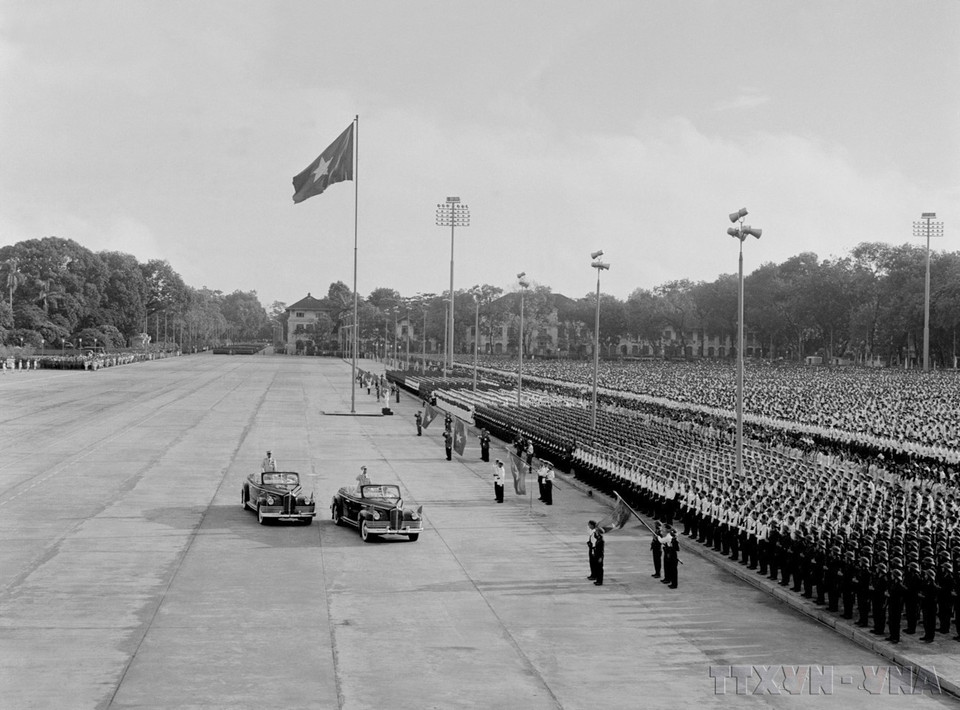 |
General Vo Nguyen Giap in the ZIS-110B during the 2/9/1975 military parade at Ba Dinh Square, Hanoi. Photo: TTXVN
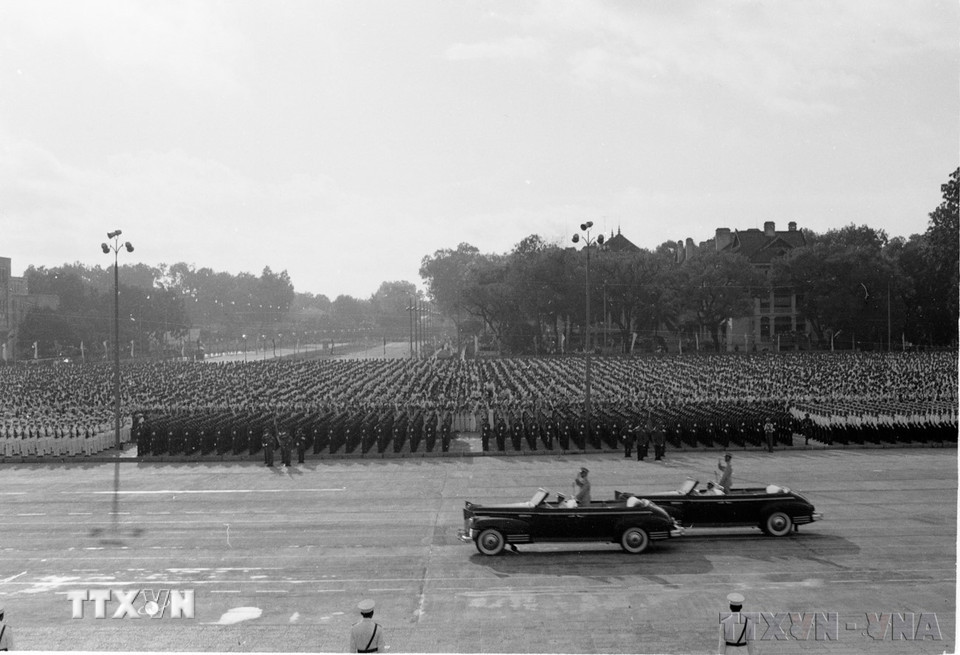 |
General Vo Nguyen Giap in the ZIS-110B during the 2/9/1975 military parade at Ba Dinh Square, Hanoi. Photo: TTXVN
The Soviet Union developed the ZIS-110 immediately after World War II. This full-size luxury limousine was produced exclusively for high-ranking officials and ceremonial events. Inspired by the American Packard Super Eight, the ZIS-110 was almost entirely handcrafted in limited numbers at the ZIS (Zavod imeni Stalin - Stalin Factory) complex on the Moskva River, visible from the Kremlin.
In 1945, 5 prototypes of the ZIS-110 were completed. Several versions were manufactured: a 4-door sedan, an extended limousine, an open-top version (110B), an armored limousine (ZIS-115), and an ambulance (110A). Production ended in 1958, with a total of 2,089 vehicles built.
The vehicles that carried the generals at Ba Dinh Square on 2/9/1975 were the open-top 110B model, produced from 1947-1958. According to the Ho Chi Minh Mausoleum at the Presidential Palace, Vietnam also received two armored ZIS-115s from the Soviet Union in 1954. One ZIS-115, with license plate HN481, is on display at the Ho Chi Minh Mausoleum, while the other ZIS-115, bearing license plate HN707, is exhibited at the National Museum of Vietnamese History.
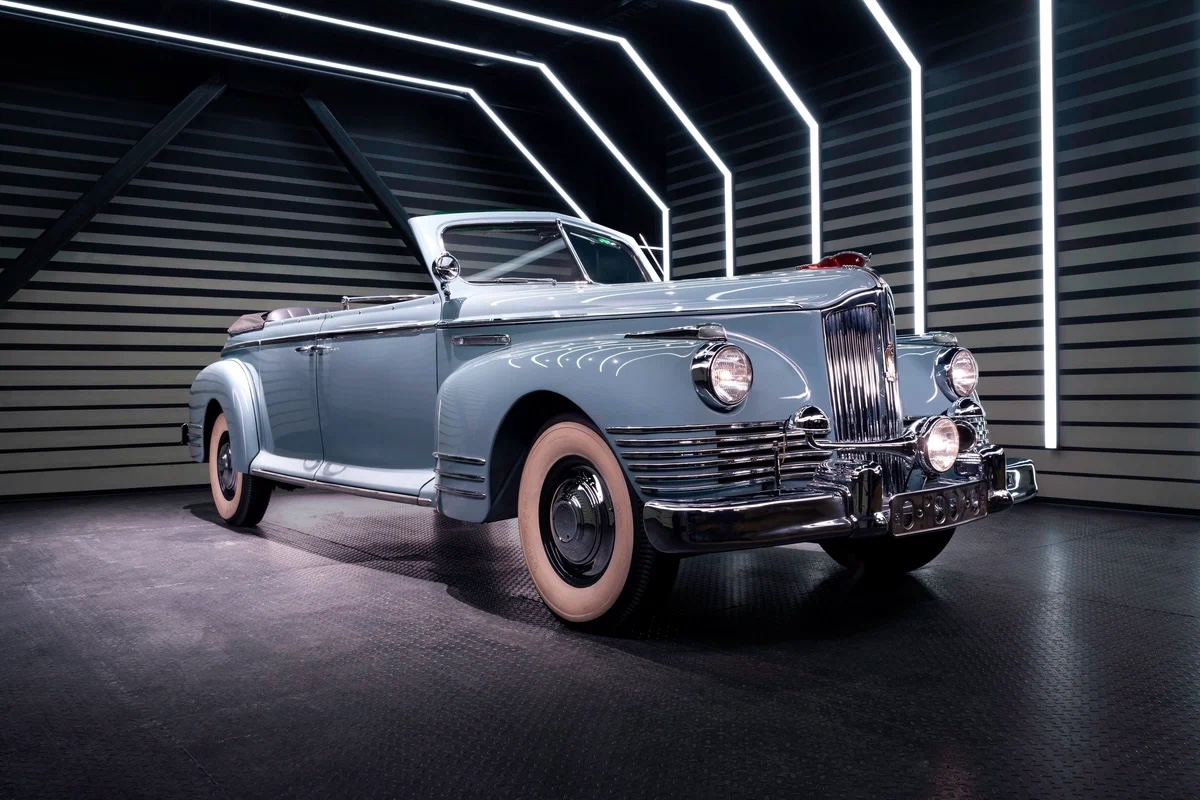 |
The ZIS-110B is a full-size luxury limousine, produced exclusively for high-ranking officials and ceremonial events. Photo: Auto.ru
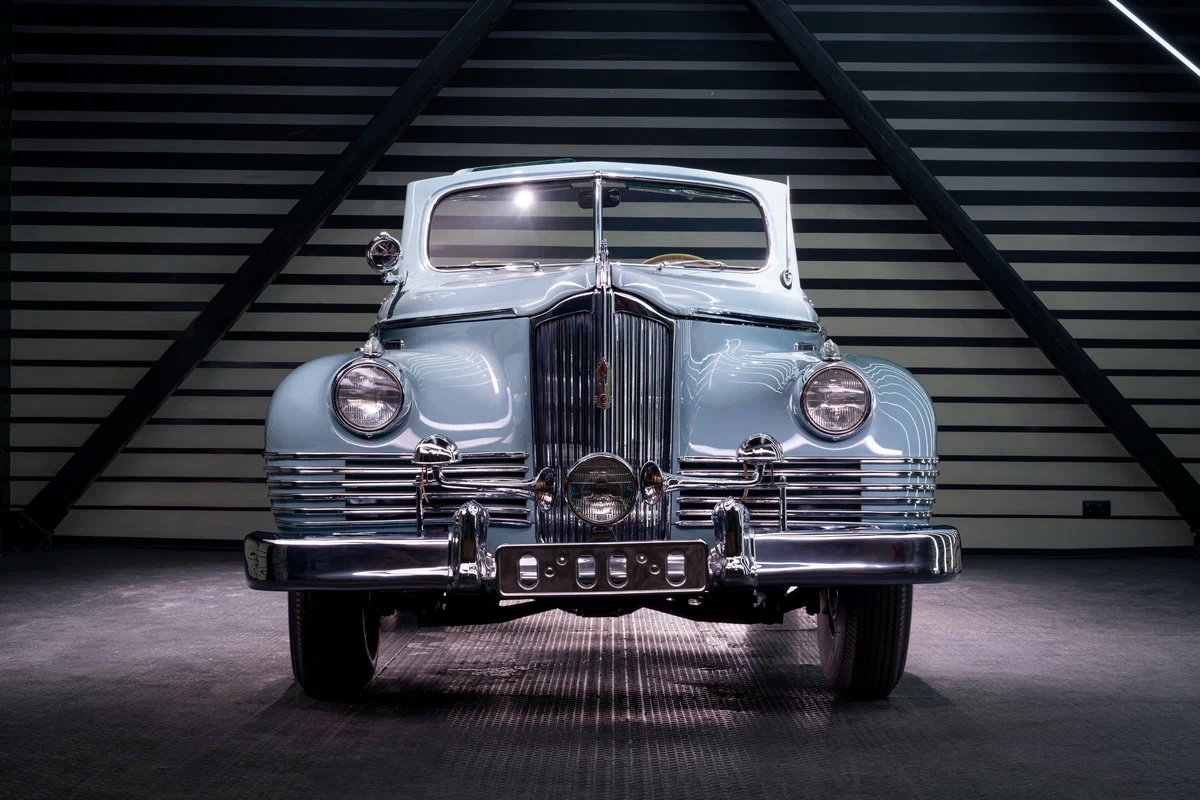 |
The car bears the hallmarks of 1940s American cars.
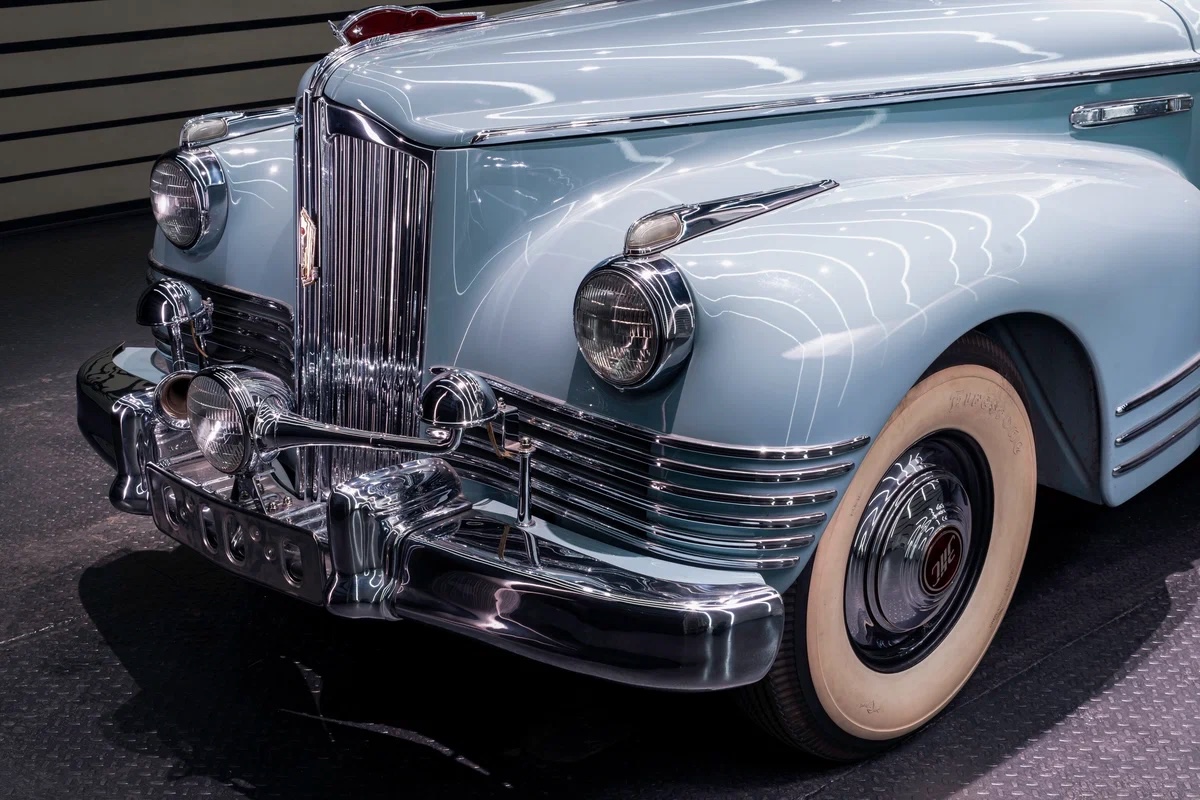 |
The front of the car features numerous horizontal chrome ribs.
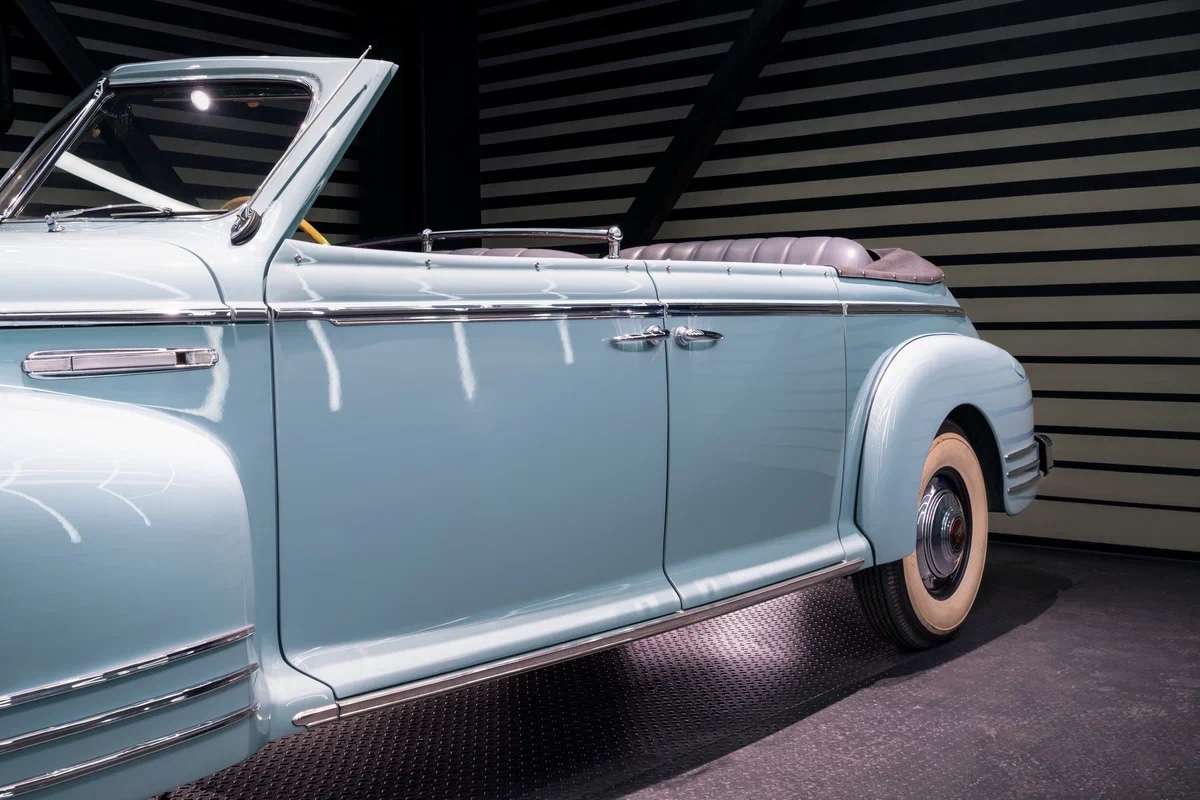 |
The car is up to 6 meters long.
 |
The engine is an inline 8-cylinder, 6-liter, 140 horsepower engine.
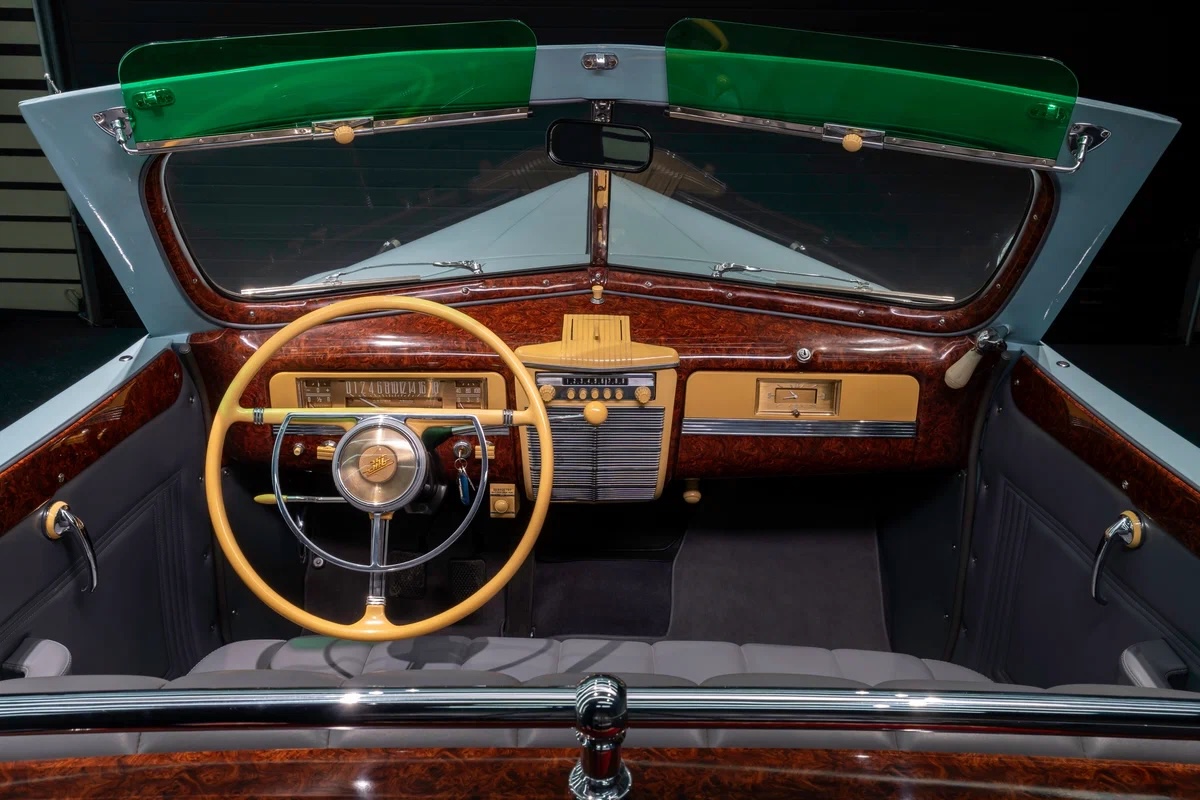 |
The interior is wood-paneled, with a cream-colored plastic steering wheel.
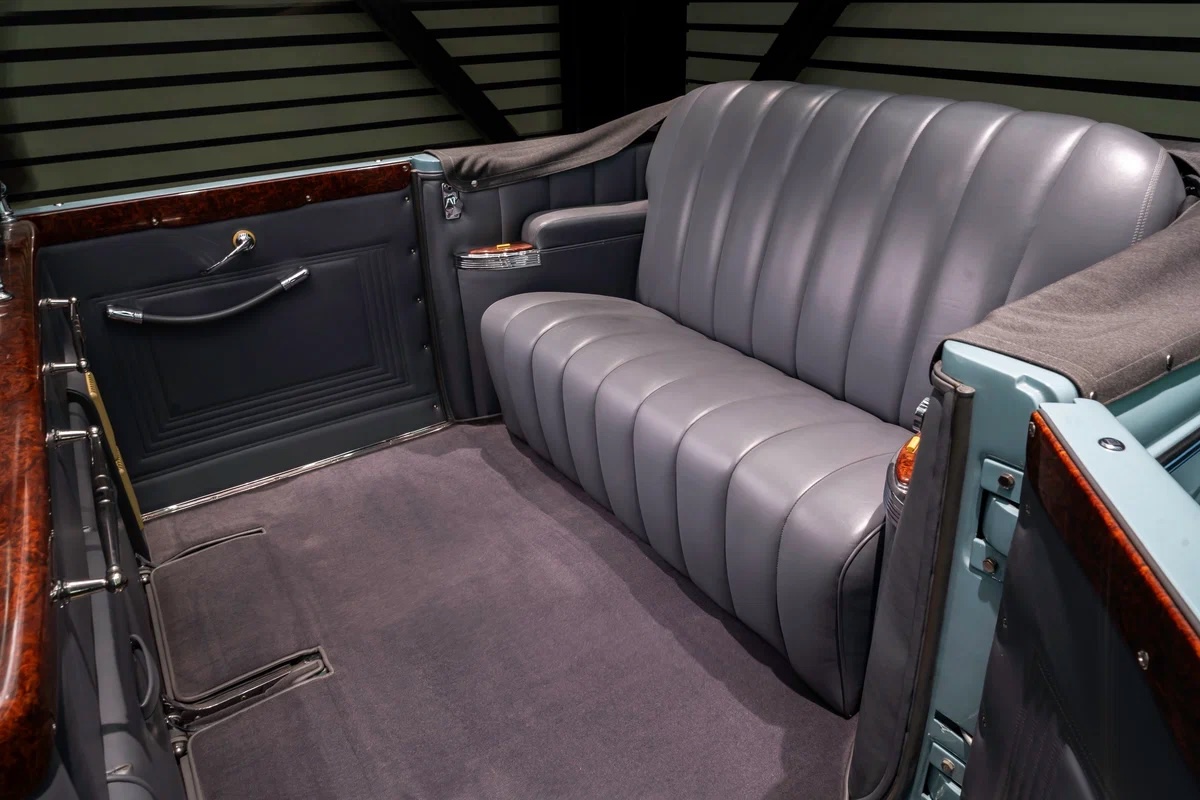 |
The rear compartment is spacious with many amenities for passengers, such as foot warmers.
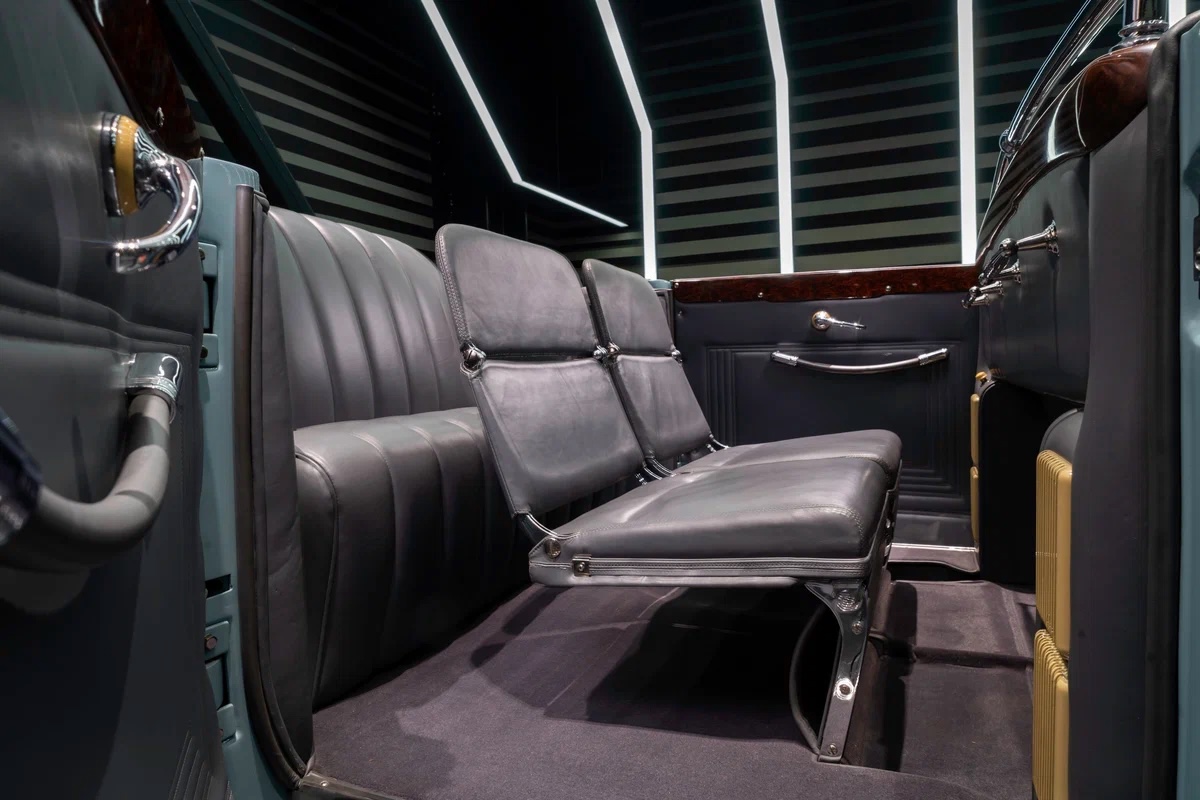 |
The folding passenger seat in the back is for security personnel.
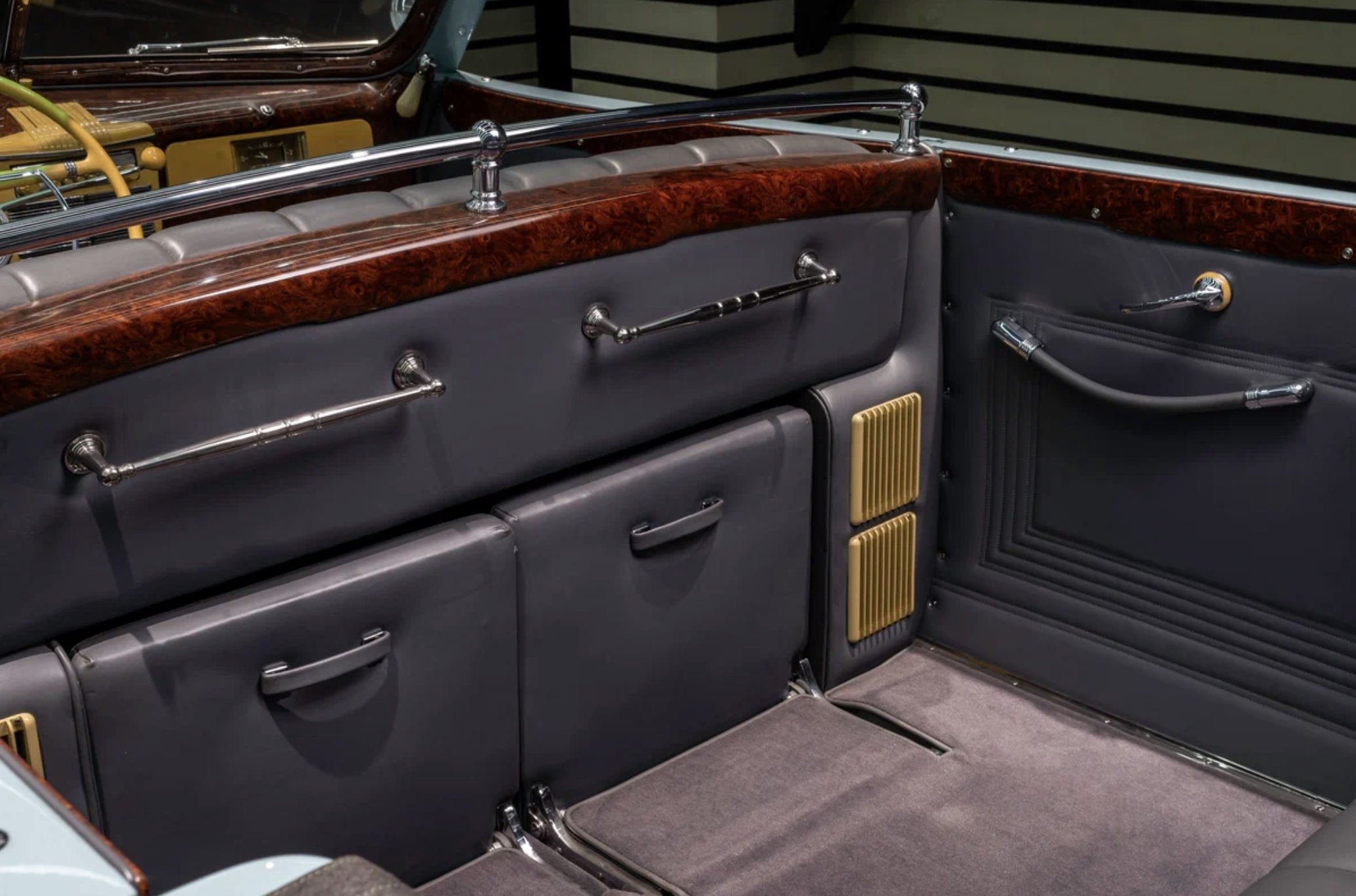 |
Close-up of the foot warmers (two cream-colored recesses) and the grab bars.
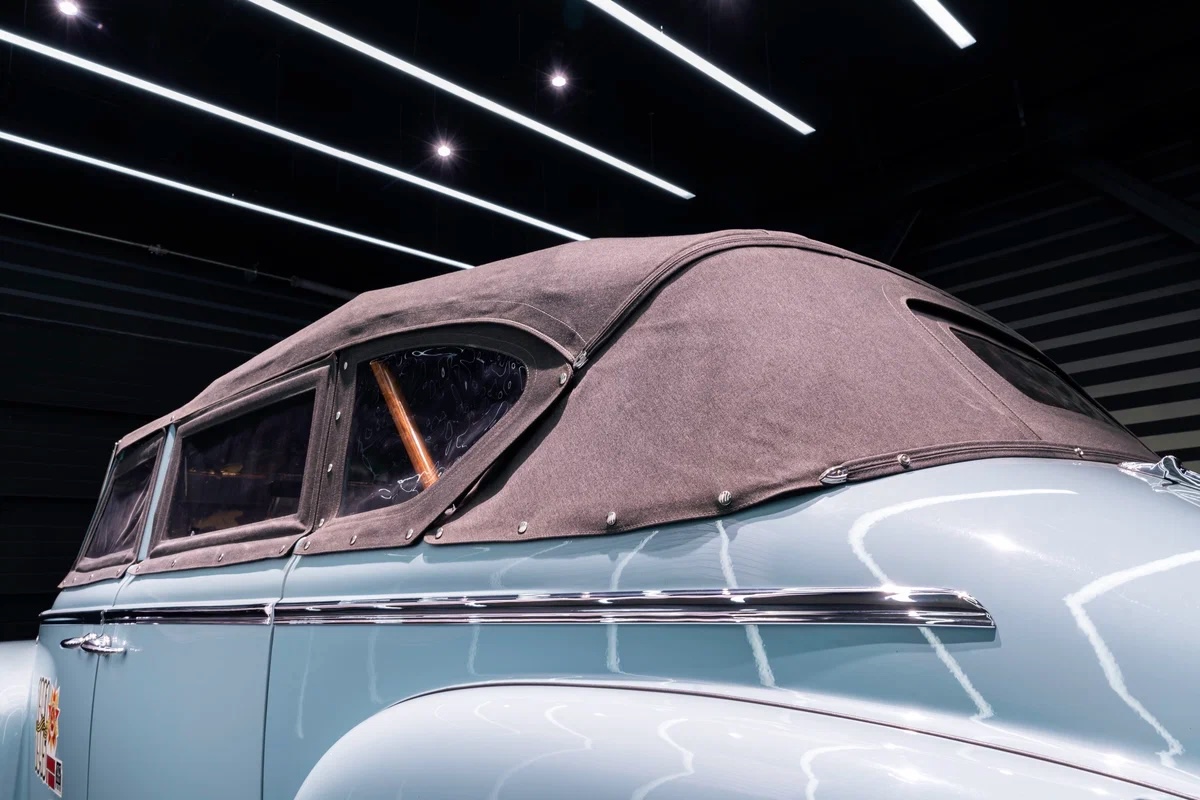 |
The soft top can be folded down.
The ZiS-110B embodies the style of 1940s American cars, combining the powerful look of a Cadillac, the elegance of a Packard, and details inspired by Buick. Approximately 6 meters long, the car features an elongated front end with a vertical grille, flared wheel arches accentuated by thick horizontal chrome ribs, and a powerful Cadillac-style front bumper. Wide whitewall Firestone tires are mounted on steel rims with hubcaps.
The heart of the ZiS-110B is a 6-liter inline 8-cylinder gasoline engine producing 140 horsepower. The 3-speed manual transmission and rear-wheel drive allow the car to reach a top speed of over 140 km/h. Hydraulic drum brakes on all 4 wheels, independent coil spring front suspension, and a rigid rear axle provide a stable ride, suitable for long journeys and ceremonial parades. The ZiS-110B's performance was considered impressive for its time.
The interior is meticulously finished with wood paneling, a cream-colored plastic steering wheel that matches the dashboard, leather seats, and features designed for officials, such as heating vents in the backs of the front seats to warm the feet of rear passengers, removable chrome armrests on the backs of the front seats, and a folding jump seat for security personnel.
The ZIS-110 is considered one of the Soviet Union's most iconic limousines and is a prized collector's item for classic car enthusiasts today.
Ho Tan




